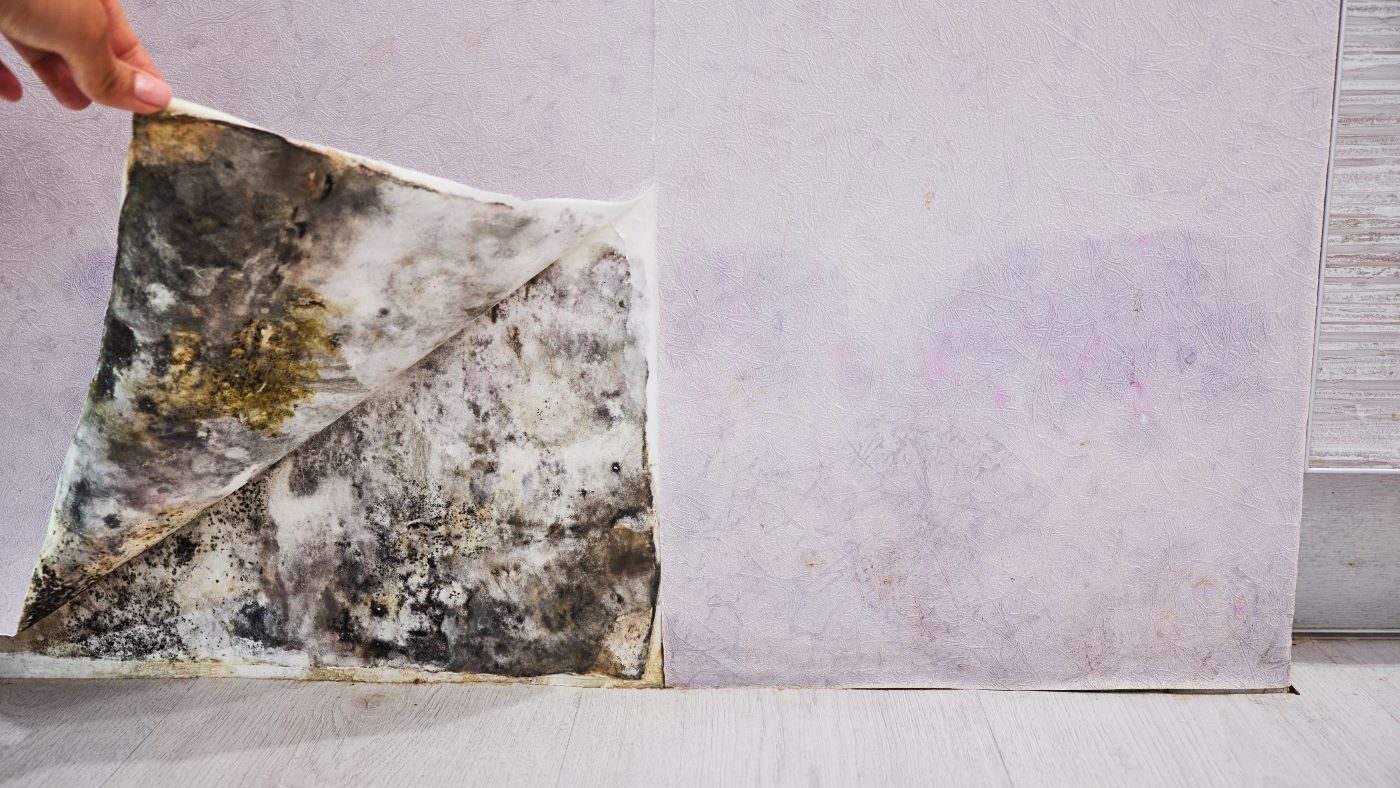Molds and mold spores are a common component of household and workplace dust. When they are present in large quantities, they can potentially present health hazards, allergic reactions and respiratory problems depending on individual susceptibility. Upon discovery of mold, its important to involve someone with the industry knowledge to solve any potential problems.
What is Mold?
Mold is a surficial growth of fungi that are multi-celled, plant-like organisms that do not contain chlorophyll. Mold is formed when a fungal spore is germinated by moisture on a suitable substrate (porous, semi-porous, or non-porous surfaces). Spores are the fruiting bodies of viable, growing mold colonies. Mold needs oxygen, moisture (> 60% relative humidity), and an organic food source (substrate) to survive.
Cause and Origin of Mold
Most mold originates from a water intrusion source. The first step in dealing with mold is to determine the source of the water intrusion or excessive moisture. Common sources can be roof leaks, building envelope defects, defective window flashing/seals, foundation leaks, plumbing leaks, malfunctioning/unbalanced air conditioning systems, and excessive condensation inside a home or building without adequate ventilation.
Once the source of water intrusion or moisture is identified you need to determine what types of building materials and finishes have been potentially affected, determine the potential length of time that the building materials remained wet, and inspect each of the materials for evidence of mold growth.
It is important to start immediate and proper drying and/or mitigation activities as soon as water intrusion occurs. Mold growth can begin to occur between 48 and 72 hours following a water intrusion event.
Mold Remediation
A protocol should be prepared by a licensed or qualified individual to address the specific issues identified during the investigative inspections. The protocol should meet the minimum standard or industry standard, should match the assessment conclusions, should include efficacy criteria that is reasonably achievable, and stipulate contractual responsibility.
Cleaning vs. Removal Replacement
If porous building material have been wet longer than 72-hours, building materials have been exposed to a sewer loss, or the structural integrity of the material has been compromised, the materials should be removed whether or not mold is present.
Surface mold growth on non-porous and semi-porous materials can typically be cleaned or wiped off.
Industry Standards
- There are currently no regulation requirements or Threshold Limit Values (TLVs) for airborne concentrations of mold, or mold spores set through the United States Environmental Protection Agency (USEPA) or Occupational Safety and Health Administration (OSHA). The USEPA only provides guidance documents, which include information on how to clean up and/or prevent mold growth.
- With exception of Florida, Louisiana, New York, New Hampshire, and Texas, there are no standardized requirements for individuals assessing mold.
- The four most widely accepted guidance documents on investigation, sampling, and remediation are as follows:
- USEPA Remediation in Schools and Commercial Buildings (2001)
- New York City Guideline on Assessment and Remediation of Fungi in Indoor Environments (revised 2008)
- Institute of Inspection, Cleaning, Restoration Certification (IICRC) Standard S500 and S520
- American Industrial Hygiene Association (AIHA) Guideline 3: Assessment, Remediation, and Post Remediation Verification of Mold in Buildings
Benefit of Expert Involvement
Experts have the appropriate training to investigate, dispute or confirm the presence of mold, determine type of mold present, determine the source of water intrusion, identify any potential responsible parties, and can determine the appropriate equipment and materials necessary to correct the identified mold conditions.
VERTEX has a team of Certified Industrial Hygienists (CIH), Certified Indoor Environmentalists, and Forensic Engineers that are equipped to assist evaluating your mold or indoor air quality issues.
For more information on VERTEX’s Industrial Hygiene & Building Sciences, Environmental Claims Consulting and Forensic Engineering services or to speak with an Environmental Expert, call 888.298.5162 or submit an inquiry.




